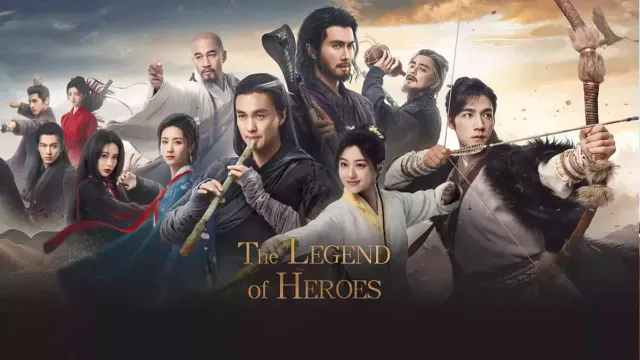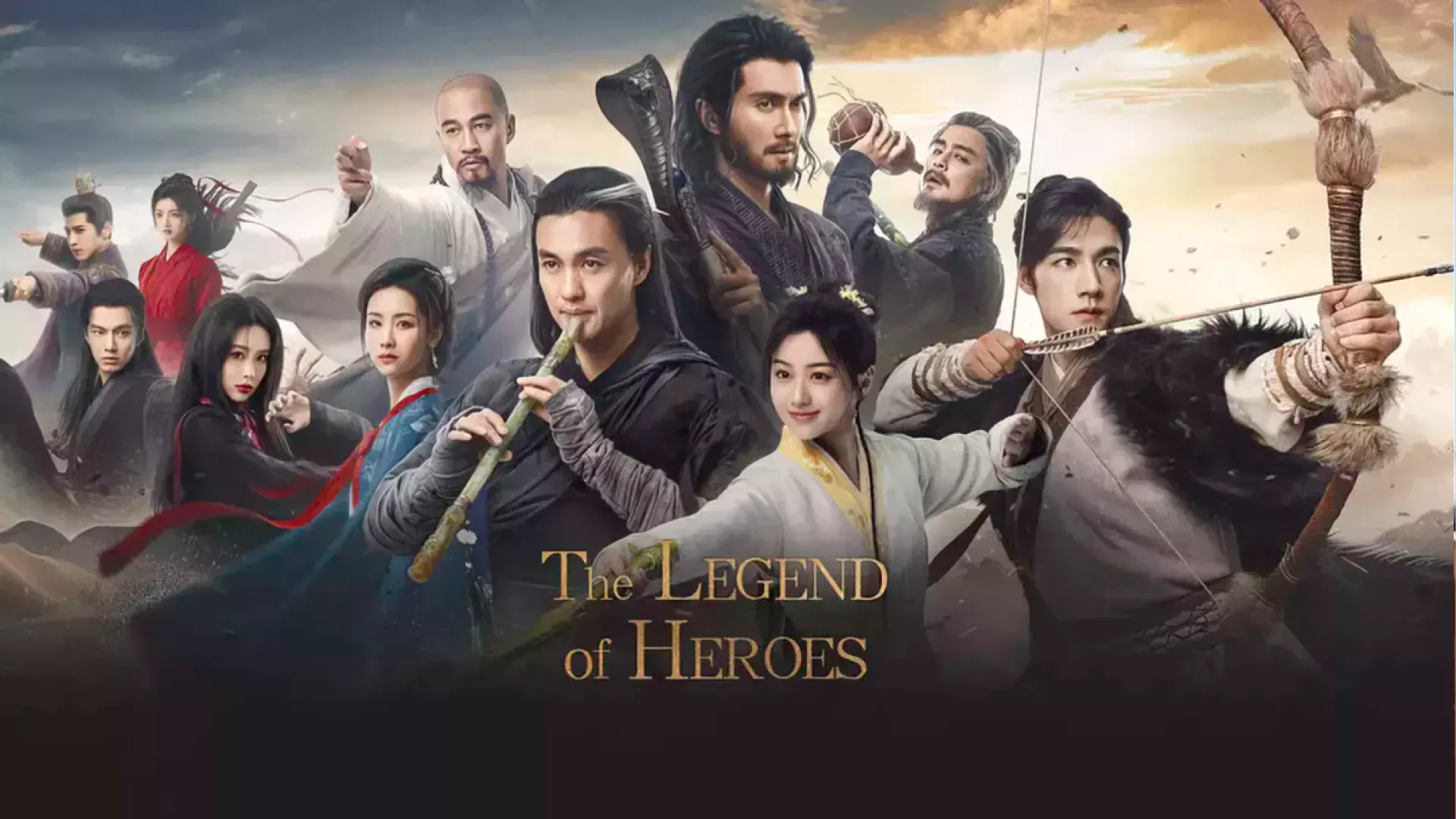Lingzhi Shangren (simplified: 灵智上人, traditional: 靈智上人, pinyin: Língzhì Shàngrén, jyutping: ling4 zi3 soeng6 jan4), known as the Demon of the Yellow Springs (黄泉恶魔 – Huángquán Èmó), was one of the most cunning and dangerous villains in the jianghu during the late Song Dynasty. As a Tibetan Buddhist monk who served Wanyan Honglie’s interests while maintaining his religious facade, he represented the complex reality that even figures of spiritual authority could become instruments of foreign powers and sources of violence and destruction.
Biography
Lingzhi Shangren’s background in Tibetan Buddhism provided him with the spiritual and martial foundation necessary to develop his distinctive fighting style and religious authority. His early training in Tibetan Buddhist martial arts gave him access to techniques that were largely unknown in the Central Plains, making him a particularly dangerous opponent for martial artists who were unfamiliar with these traditions.
Lingzhi Shangren’s development of the Poisonous Sand Palm (毒砂掌 – Dúshā Zhǎng) represented his complete embrace of martial arts techniques that prioritized effectiveness and psychological impact over traditional religious considerations. These techniques emphasized the use of poison and psychological intimidation, making them particularly effective in combat situations where survival and victory were the primary objectives.
Lingzhi Shangren’s recruitment into Wanyan Honglie’s service marked a significant turning point in his career, as it provided him with access to resources and opportunities that would have been impossible to obtain through legitimate religious practice alone. His decision to serve the Jin prince reflected both his desire for personal gain and his willingness to use his religious authority and martial arts abilities to advance foreign political objectives.
Lingzhi Shangren’s various operations for Wanyan Honglie demonstrated his versatility as both a martial artist and a religious figure. His missions ranged from direct combat operations against Song Dynasty forces to intelligence-gathering activities that required his unique combination of martial arts skill and religious authority.
The effectiveness of his operations reflected his understanding of how religious authority and martial arts skills could be applied to achieve broader political and military objectives. His ability to use his religious position to gain access to various locations and individuals while maintaining his combat effectiveness demonstrated his skills as both a martial artist and a strategic operator.
Personality and traits
Lingzhi Shangren was characterized by his cunning and dangerous nature. His mastery of poisonous techniques and his willingness to use psychological warfare made him a particularly dangerous opponent for the protagonists and their allies.
His religious position and his actual behavior revealed the deep corruption that had infected various institutions during this period, where spiritual authority could be used to advance destructive political objectives. His character represented the moral decay that contributed to the broader social and political instability of the late Song Dynasty.
Relationships
Lingzhi Shangren’s relationship with Wanyan Honglie was characterized by mutual exploitation, as the Jin prince gained access to a religious figure who could carry out operations that required both martial arts skill and spiritual authority while Lingzhi Shangren received financial rewards and protection from the consequences of his actions.
His position as a Tibetan Buddhist monk made him particularly valuable to Wanyan Honglie, as he could use his religious authority and martial arts skills to carry out operations that would have been impossible for secular agents acting independently.
Behind the scenes
Lingzhi Shangren appears in The Legend of the Condor Heroes as a crucial narrative element, providing both personal drama and broader thematic development. His religious authority and poisonous techniques create one of the story’s most dangerous antagonists, posing significant challenges to the protagonists and their allies throughout the narrative.
His character development from religious figure to active agent of foreign powers demonstrates Jin Yong’s sophisticated approach to character development, showing how external circumstances and personal choices can combine to create destructive individuals. This transformation serves as a powerful metaphor for the broader themes of corruption, betrayal, and moral responsibility that permeate the novel.
Portrayals
See also
- The Legend of the Condor Heroes characters
- Tibetan Buddhism
External links
- Lingzhi Shangren on Wikipedia
- Lingzhi Shangren (Chinese) on Chinese Wikipedia
- Lingzhi Shangren (Chinese) on Baidu Baike
- The Legend of the Condor Heroes on Wikipedia


